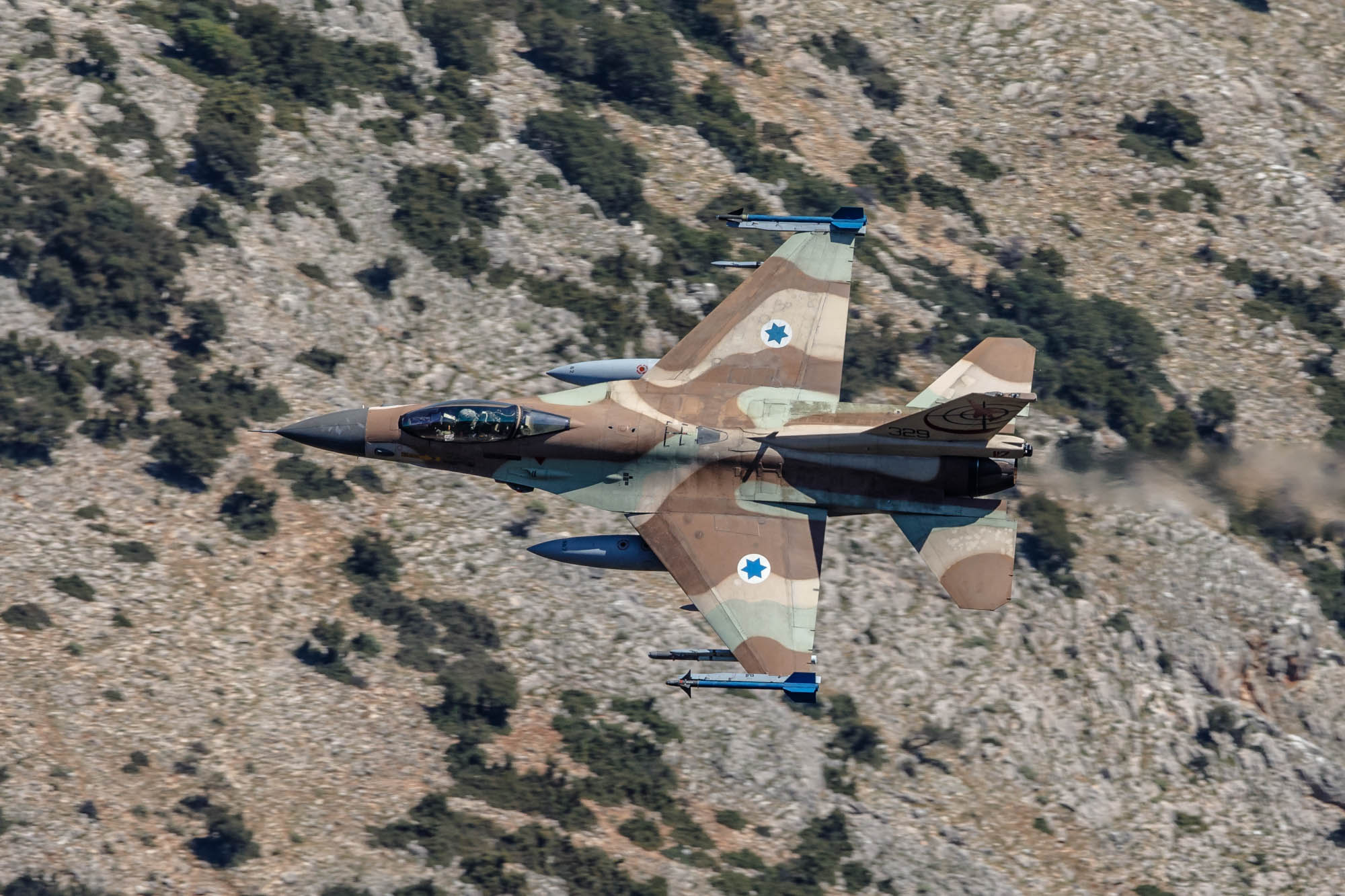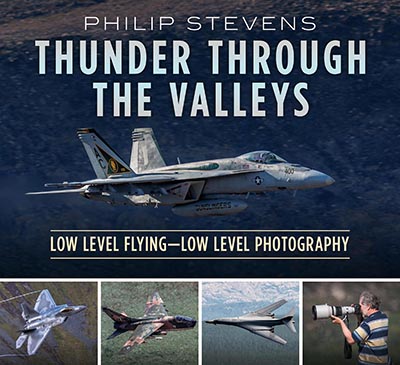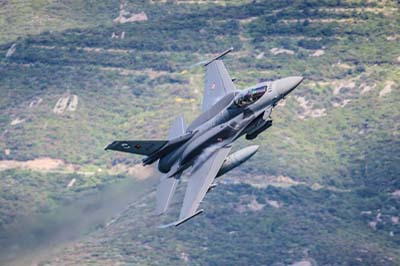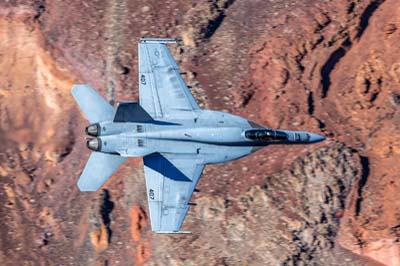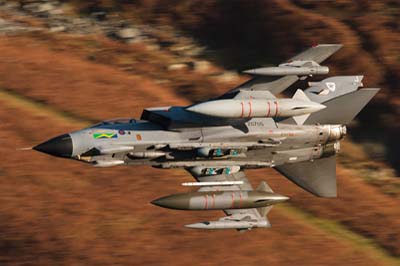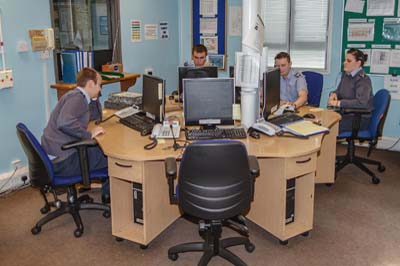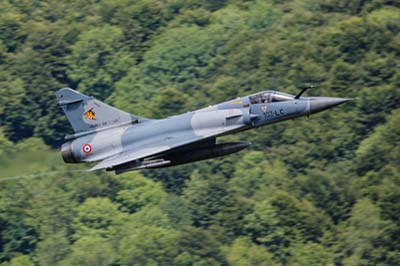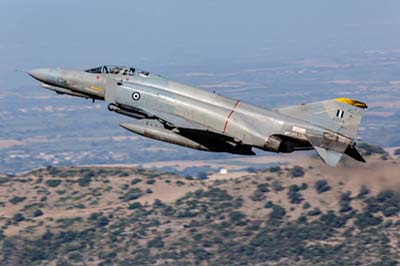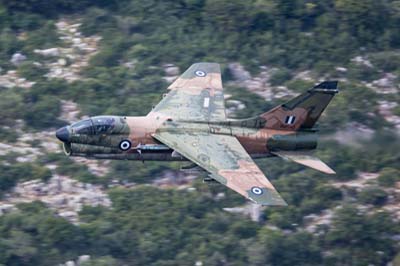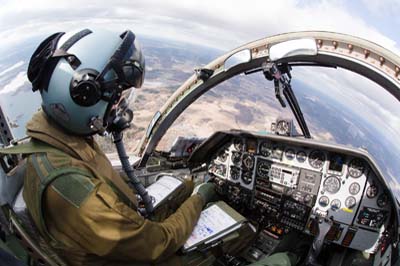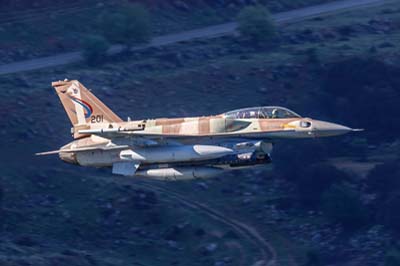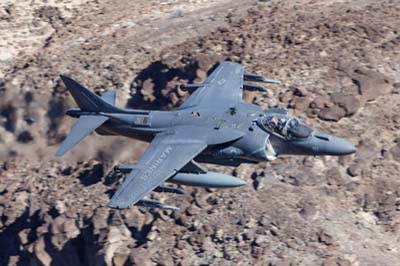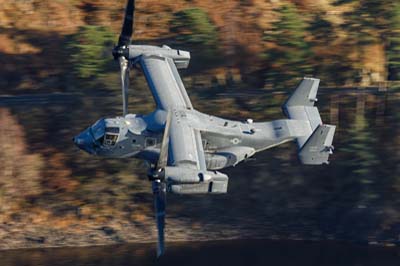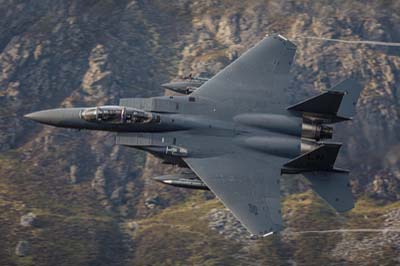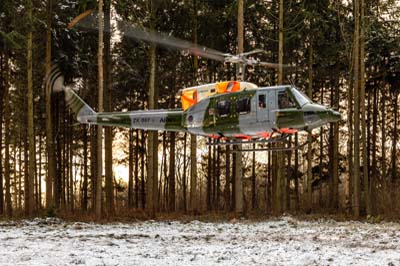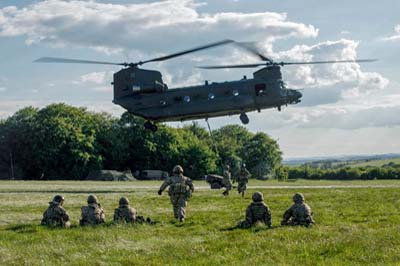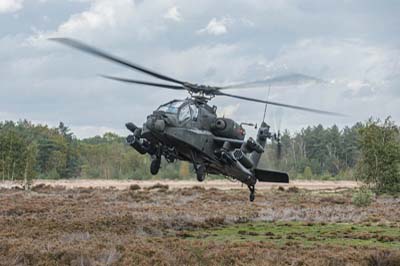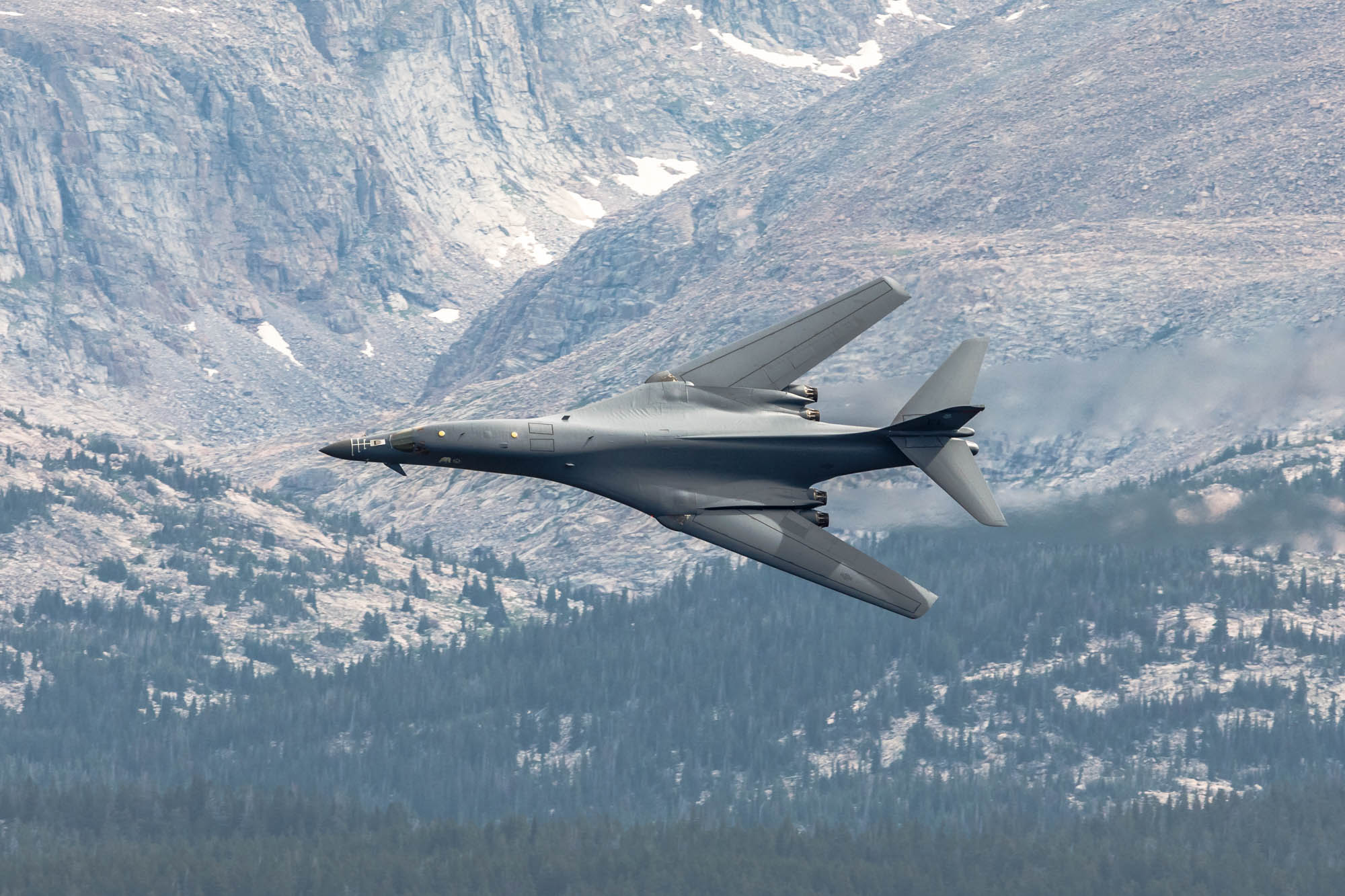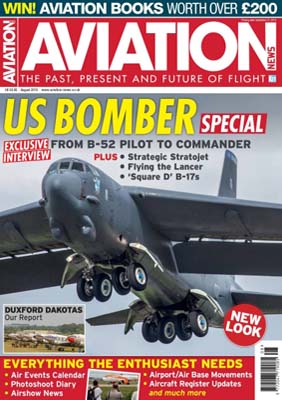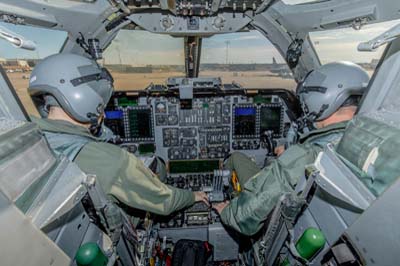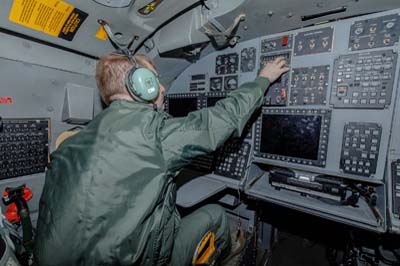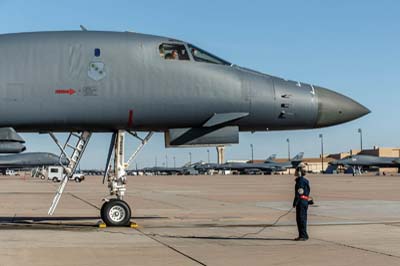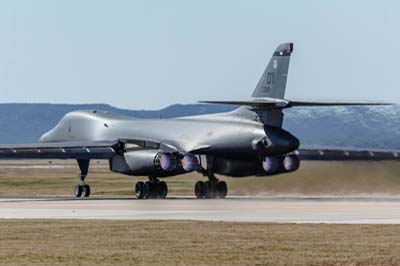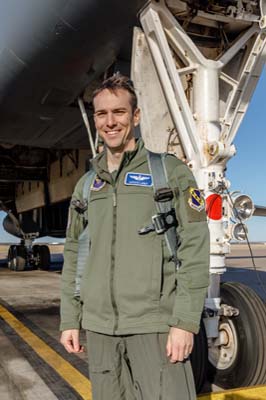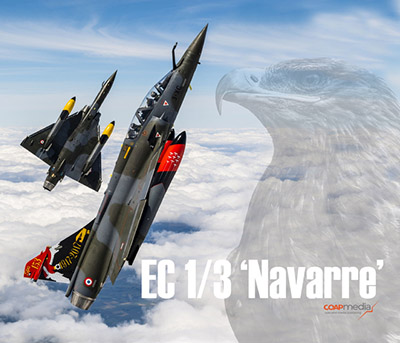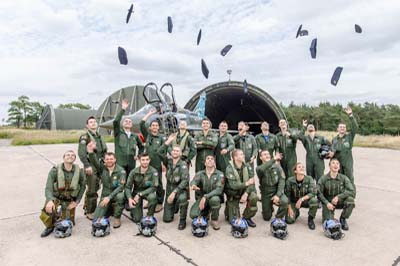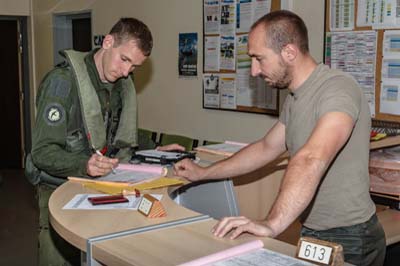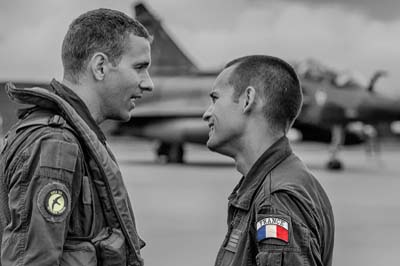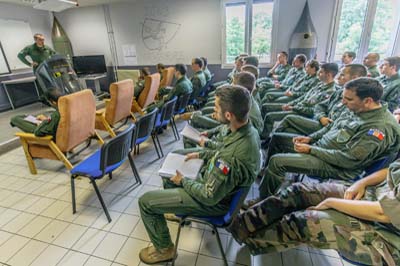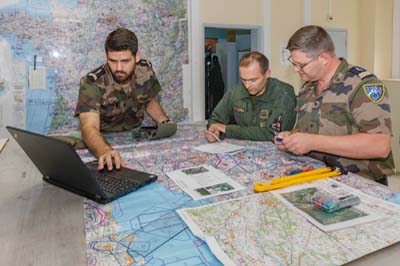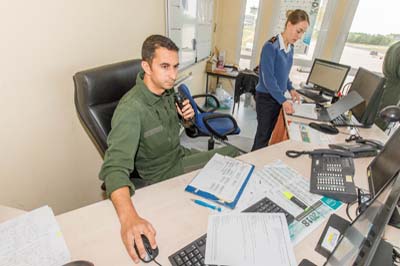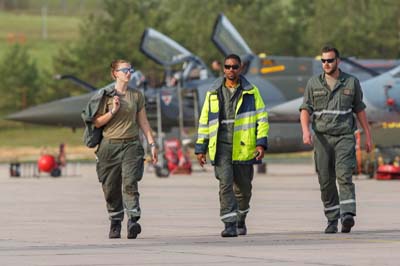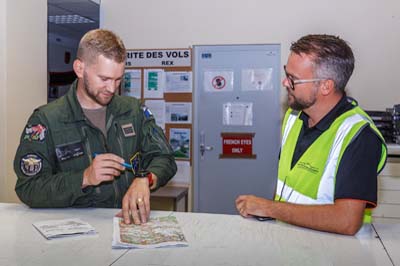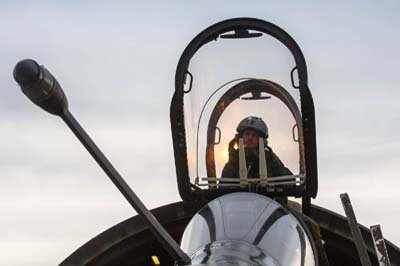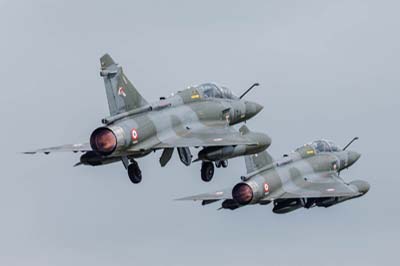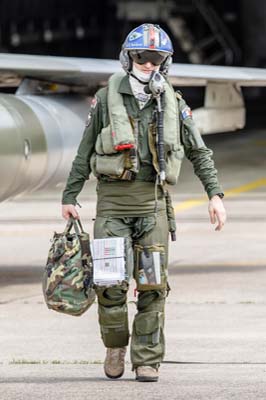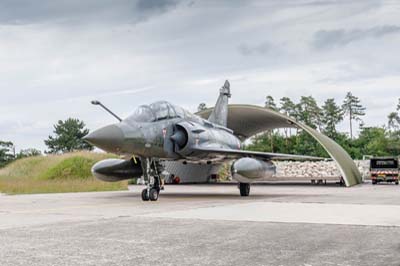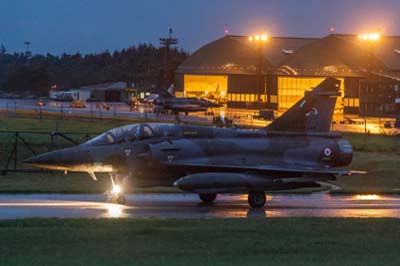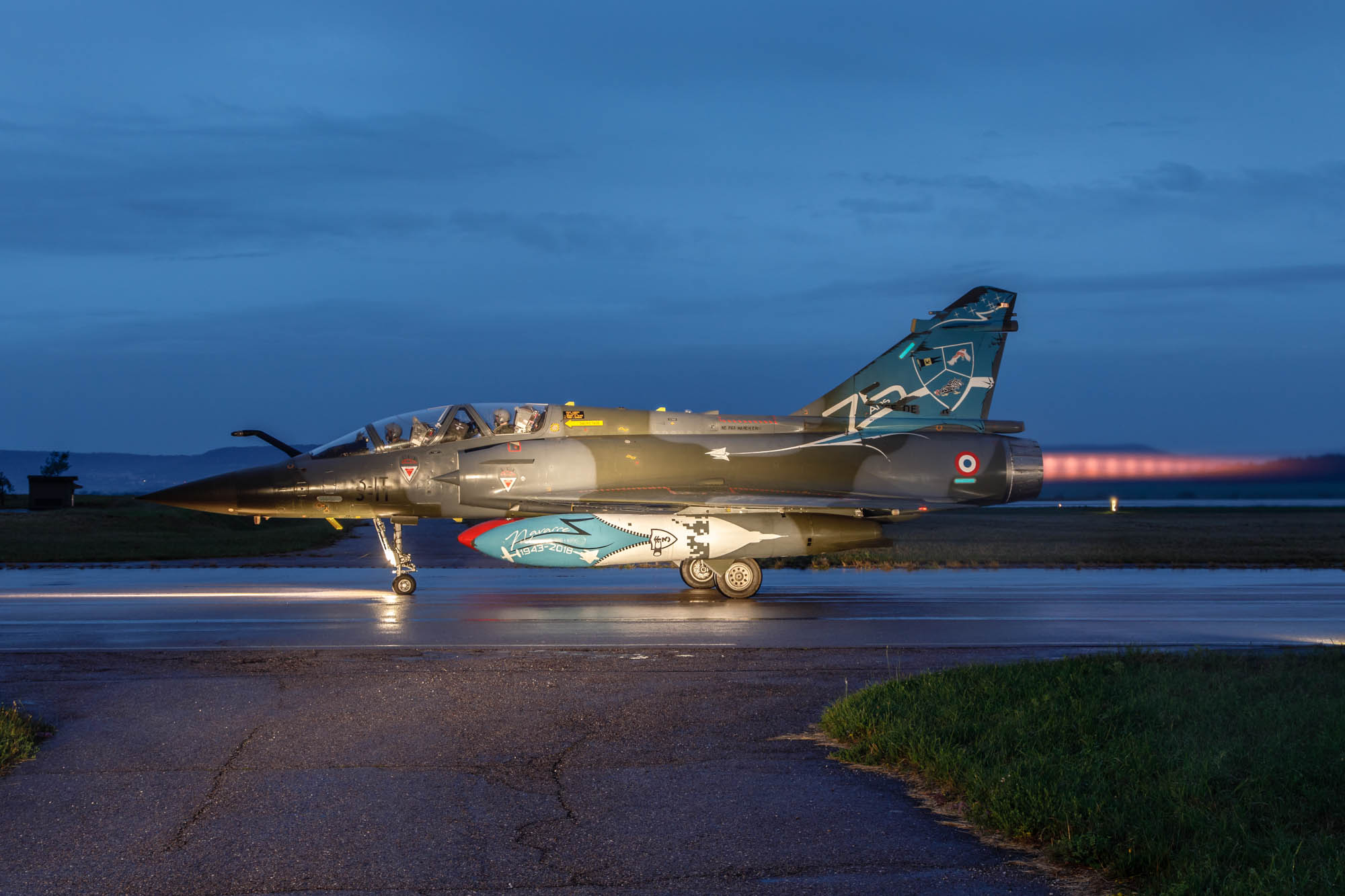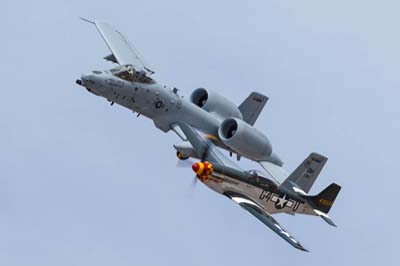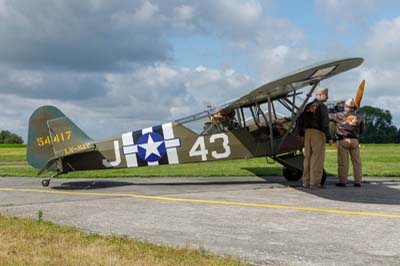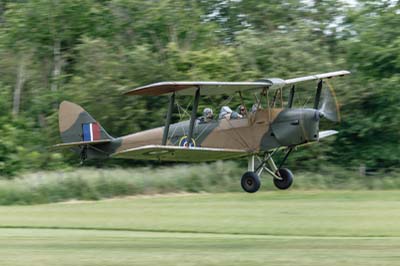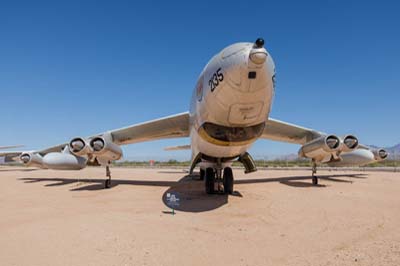Photographic Portfolio of 2019
Images and photographic notes of my successes for the year |
| Each year I like to produce a collection of my best and favourite images. Most have been published in books and magazines and possibly in conjunction with features and as such were chosen by the editor in question. I hope you like this snapshot of my best work from 2019. |
| F-16C Barak (329) 117th 'First Jet Squadron' Israel Air Force |
Low-level portfolio - click here for more images and reports.
This is my real passion. Finding a steep sided valley and waiting for some fast jet action is very relaxing. You might only get one or two jets in a day, but who cares? The scenery is often stunning and when you are alone it gives you a good chance to unwind from the pressures of life. The anticipation of a jet flying up your valley is exciting. The thrill of capturing a jet with the ground as a backdrop is more than you can imagine. |
My book; Thunder Through the Valleys: Low Level Flying - Low Level Photography was published on November 2, 2018......
 |
Thunder Through the Valleys: Low Level Flying - Low Level Photography. 43,500 words (10,500 of which are captions) to go with the 180 full colour images.
Left to right: A sample of the images in the book. Click fo presentation and reviews.
Turkish Air Force Lockheed Martin F-16C Block 50+ Fighting Falcon (07-1012) of 161 Filo (Squadron) based at Bandirma,
US Navy F/A-18E Super Hornet (166657 'AC-407') of VFA-105 'Gunslingers' from NAS Oceana. |
Left to right: RAF Tornado GR.4A (ZG705 'J') from 13 Squadron at RAF Marham.
Staff at the Low Flying Booking Cell (LFBC) are responsible for the recording of low-level flights within the UKLFS,
French Air Force Mirage 2000C (108 '103-LC'),
Hellenic Air Force 338 Mira F-4E(AUP) Phantom II (01524). |
Left to right: Hellenic Air Force A-7E Corsair II (160736) of 336 Mira based at Araxos.
Swedish Air Force SAAB Sk 60 (60112 '112') of the Flying Training School (FlygSkolan) at Linköping/Malmen in Sweden,
Israel Air Force Lockheed Martin F-16I Sufa (201) with 201 'The One Squadron' based at Ramon air base. |
Left to right: US Marines AV-8B Harrier (164549 'DD-81) with VX-31 Air Test and Evaluation Squadron based at Naval Air Weapons Station China Lake,
US Special Forces Bell CV-22B Osprey (12-0064) using callsign 'Knife 72' from the 7th Special Operations Squadron based at RAF Mildenhall in the UKLFS,
US Air Force F-15E Strike Eagle (91-315 'LN') using callsign 'Raider 53' in the colours of 492nd Fighter Squadron, 48th Fighter Wing. |
Left to right: Bell 212 AH.3 (ZK067 'B') in a SPTA confined landing area with 7 (Training) Regiment Conversion Flight. (DSLR full-frame sensor + Canon EF 24-105mm (55mm) f.4L IS II USM at 1/125 f4 ISO 200 with -1 exposure compensation).
Chinook HC.5 (ZH901) callsign 'Vortex 590' with 18(B) Squadron from RAF Odiham and 2 (Training) Regiment Army Air Corps during USL training.
AH-64DN Apache with 301 squadron based at Gilze Rijen in the GLV training area in southern Netherlands. |
| On air base and exercises portfolio - I visited a number of air bases in 2019, click here for more images and reports. |
Ellsworth based B-1B Lancer flying callsign 'Tiger 41' at 500 feet (152m) and 540 knots or nine miles (15 km) a minute in the mountains of eastern Wyoming
following a 40-minute low level route south towards Jackson Hole. |
My 2,000 word and 7 image article 'Flying the B-1B Lancer' for Aviation News as part of their US Bomber special.
Left to right: The B-1B Lancer has an all-digital cockpit, with pre-flight checks complete the pilots are ready to roll.
Behind the two pilots there are two weapons systems officers (WSOs), one mission station is defined as offensive systems officer (OSO) the other is the defensive systems officer (DSO).
The WSOs have three configurable screens, the DSO has a frequency scope, showing the direction of the threat. Another screen shows a map for situational awareness. Buttons are for chaff and flares plus transmitters for self-protection. |
Left to right: On the chocks at Dyess AFB, groundcrew in direct contact with the pilots clear them to start engines and indicate when they able to taxi. Safety procedures are paramount.
Accelerating down the runway at Dyess. The B-1B's variable-sweep wings (from 15 degrees to 67.5 degrees) and thrust-to-weight ratio provide it with improved take off performance, allowing it to use shorter runways. At low altitudes at high speeds the wings are set to maximum sweep to allow more Gs to manoeuvre.
The B-1B has four General Electric F101-GE-102 turbofan engines, with afterburner each engine produces 30,000-plus pounds of thrust.
Major Michael 'Coyote' Laney a B-1B pilot; "Our normal speed is 540 knots for low level which is around nine miles [15 km] a minute. At 300 feet that is challenging, you can do it for a good length of time, but it is exhausting, especially if the terrain is hills and mountains and there is a small margin of error." |
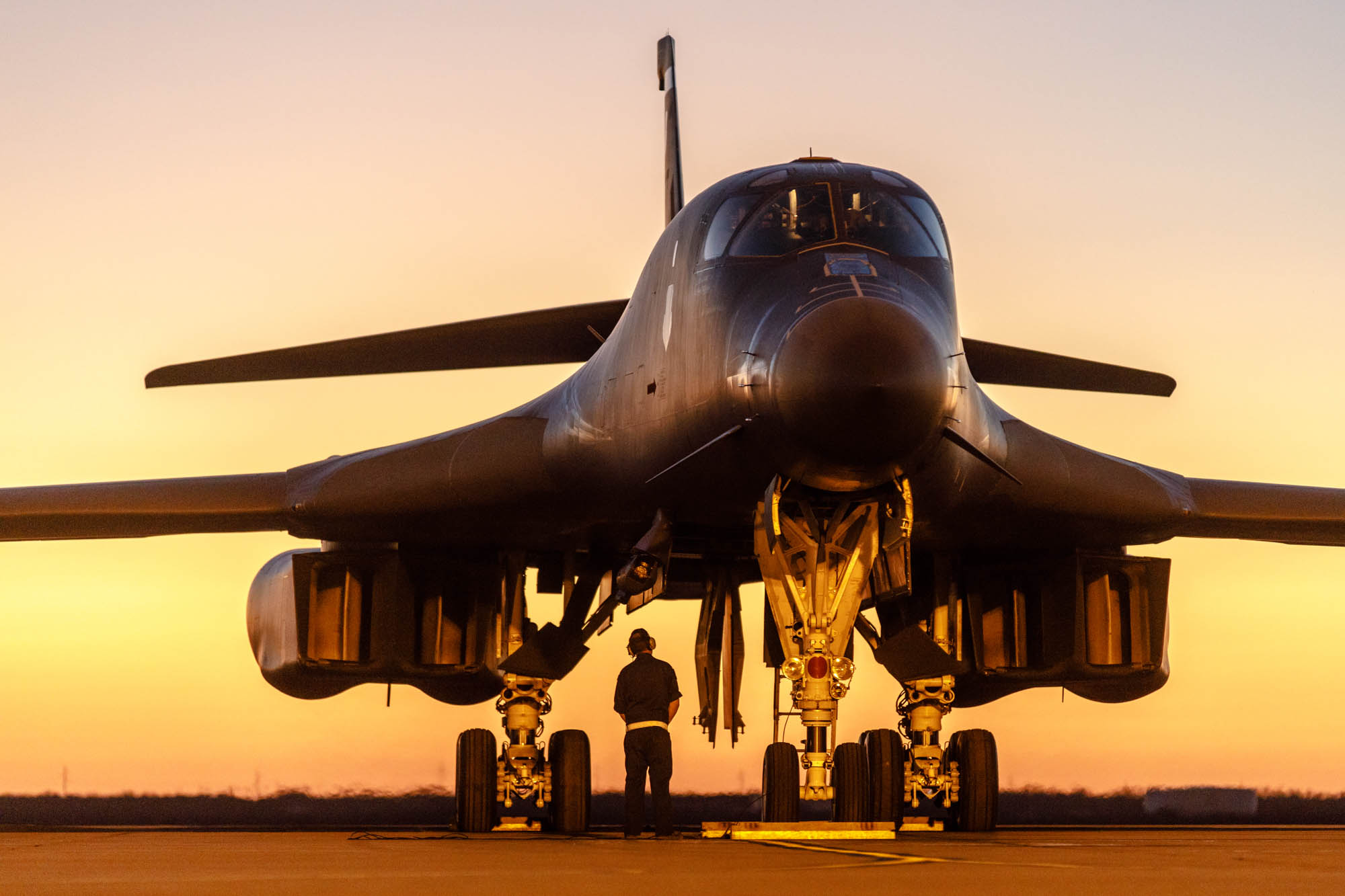 |
| Groundcrew prepare a B-1B Lancer for another night training mission as the sun goes down at Dyess AFB, Texas. |
My contirbution to the COAP Media publications book; 'EC 1/3 Navarre' produced by a team of photographers following a three day visit to Armee de l'Air Nancy-Ochey (BA133). 'EC 1/3 Navarre'.
|
| Left to right: EC 1/3 Navarre aircrew. |
| Left to right: EC 1/3 Navarre Mirage 2000Ds and aircrew. |
| Left to right: EC 1/3 Navarre Mirage 2000Ds and aircrew. |
| Mirage 2000D (624 '3-IT') 1 Escadron de Chasse 'Navarre' 75th Anis (1943 to 2018) anniversary jet taxiing out for night flying training. |
| Air shows, Museums and Classic Aircraft portfolio - I visited a few air shows and museums in 2019, click here or here for more images and reports. |
